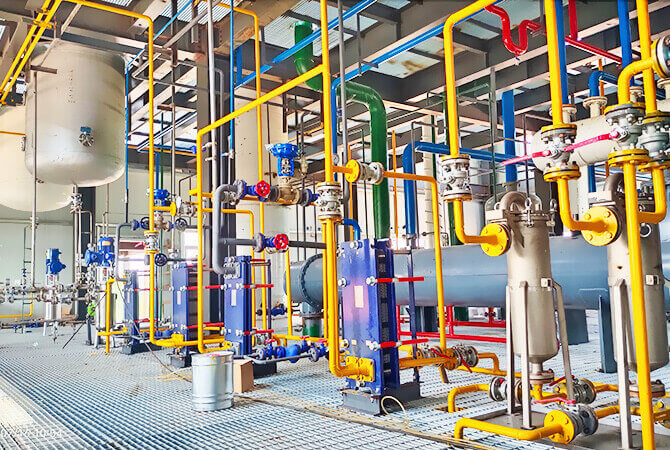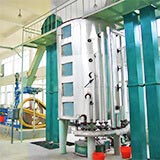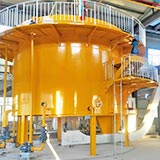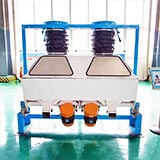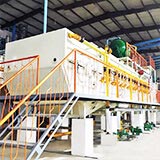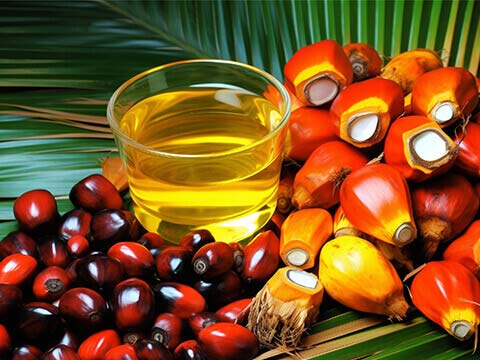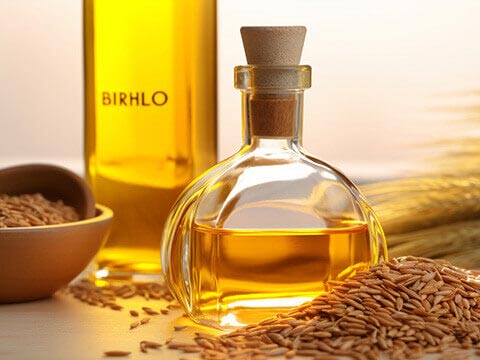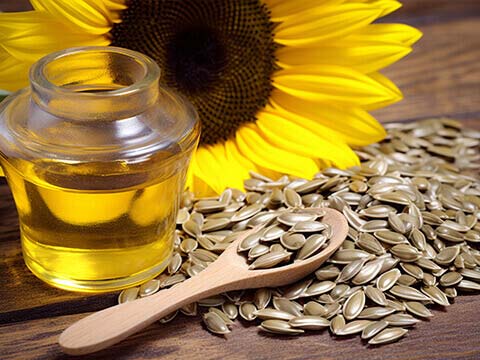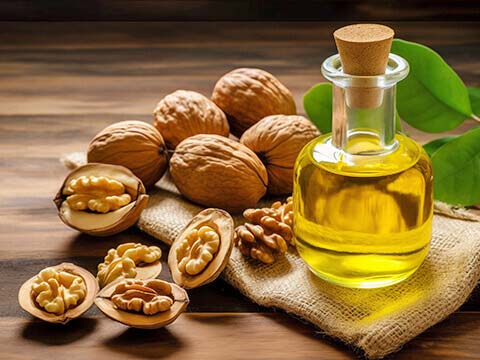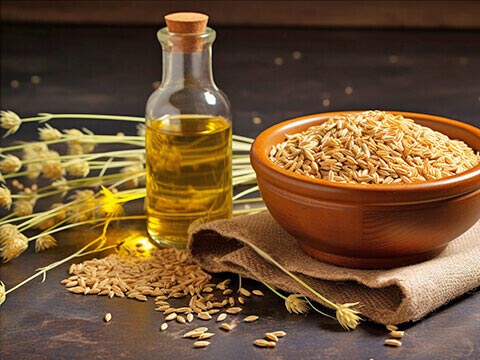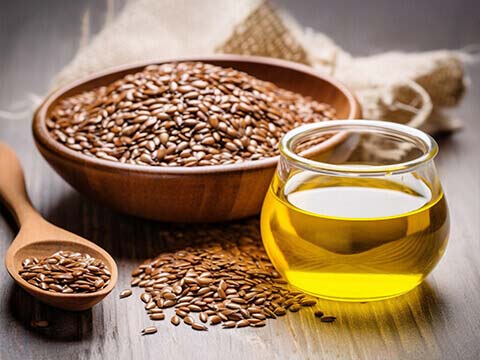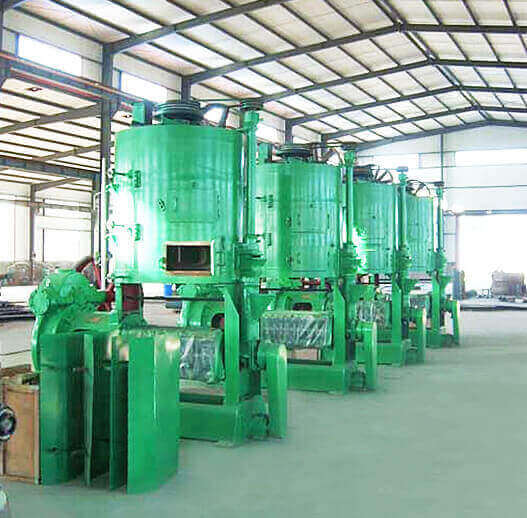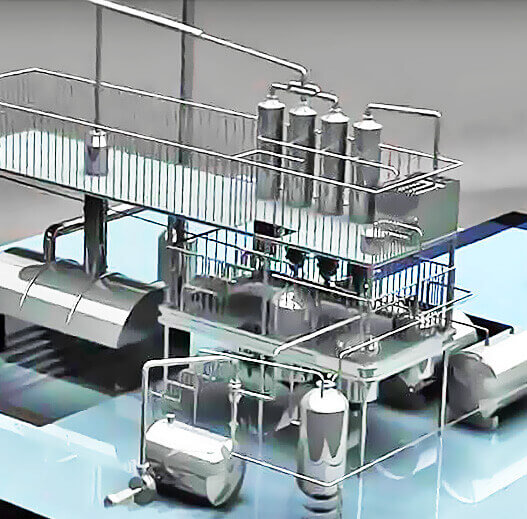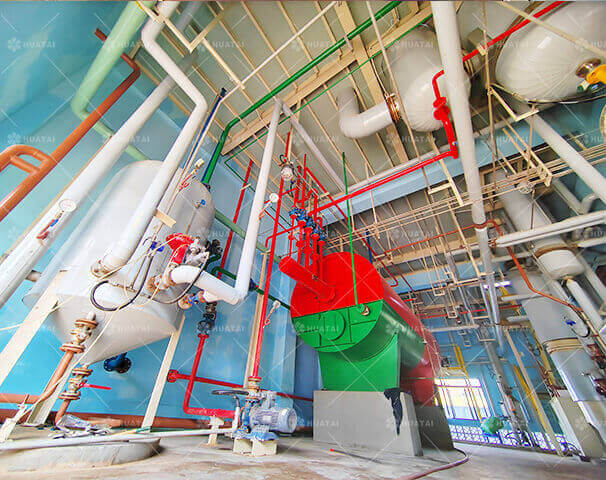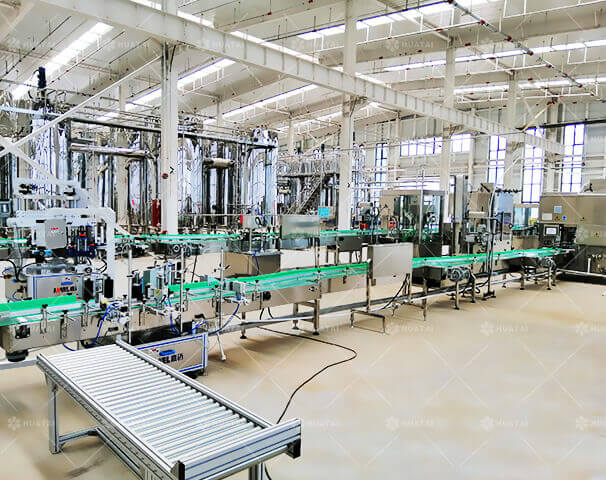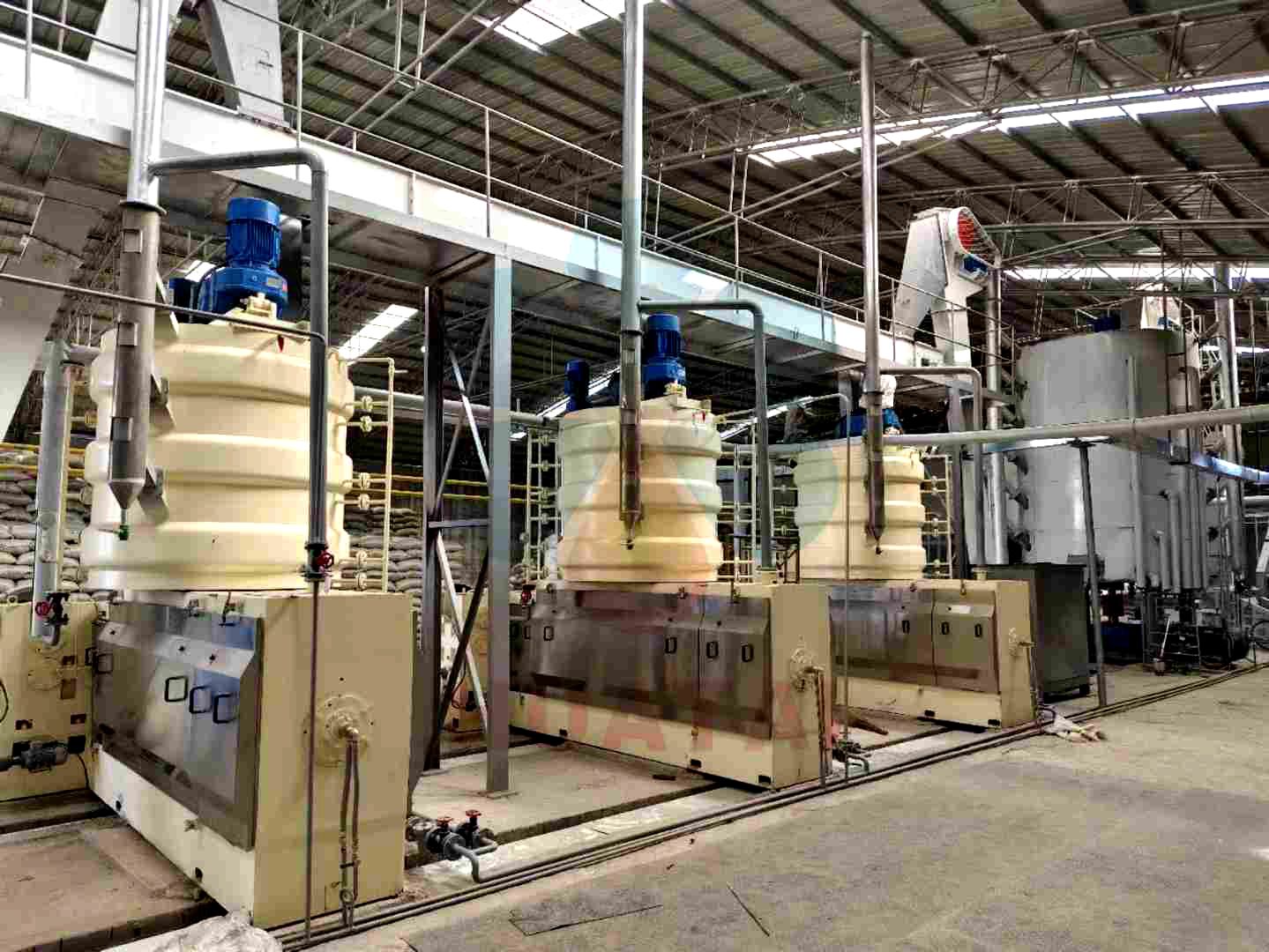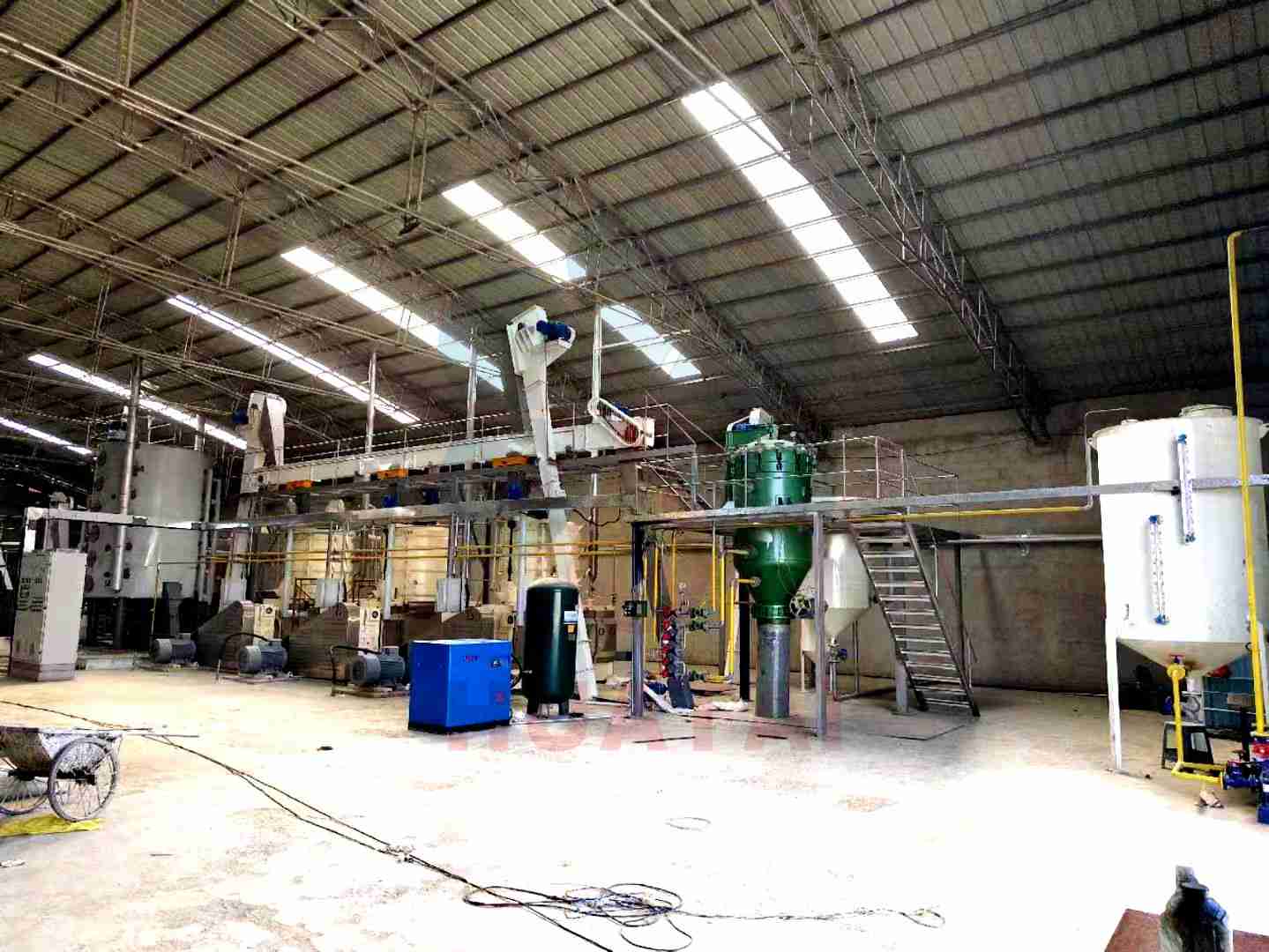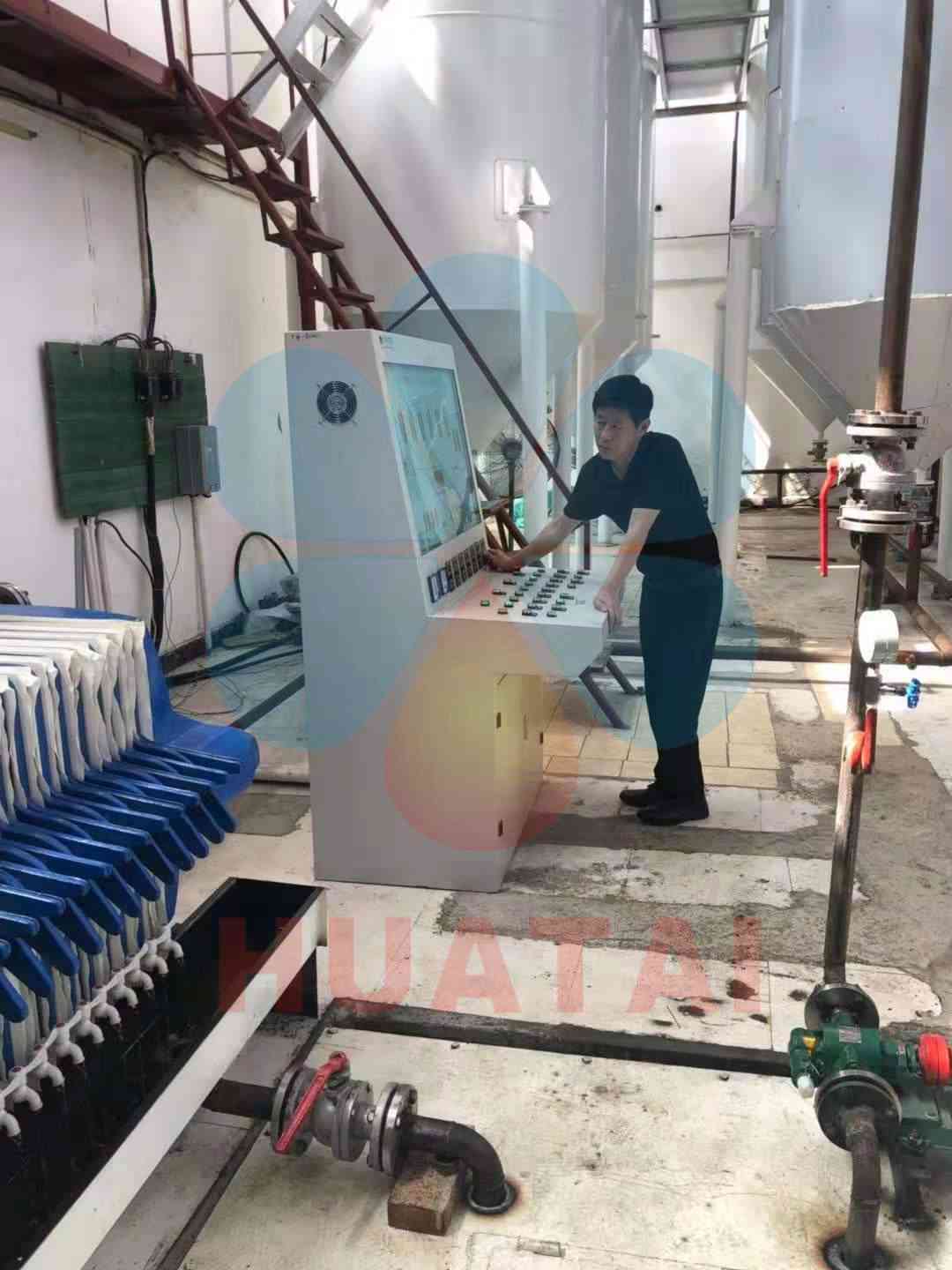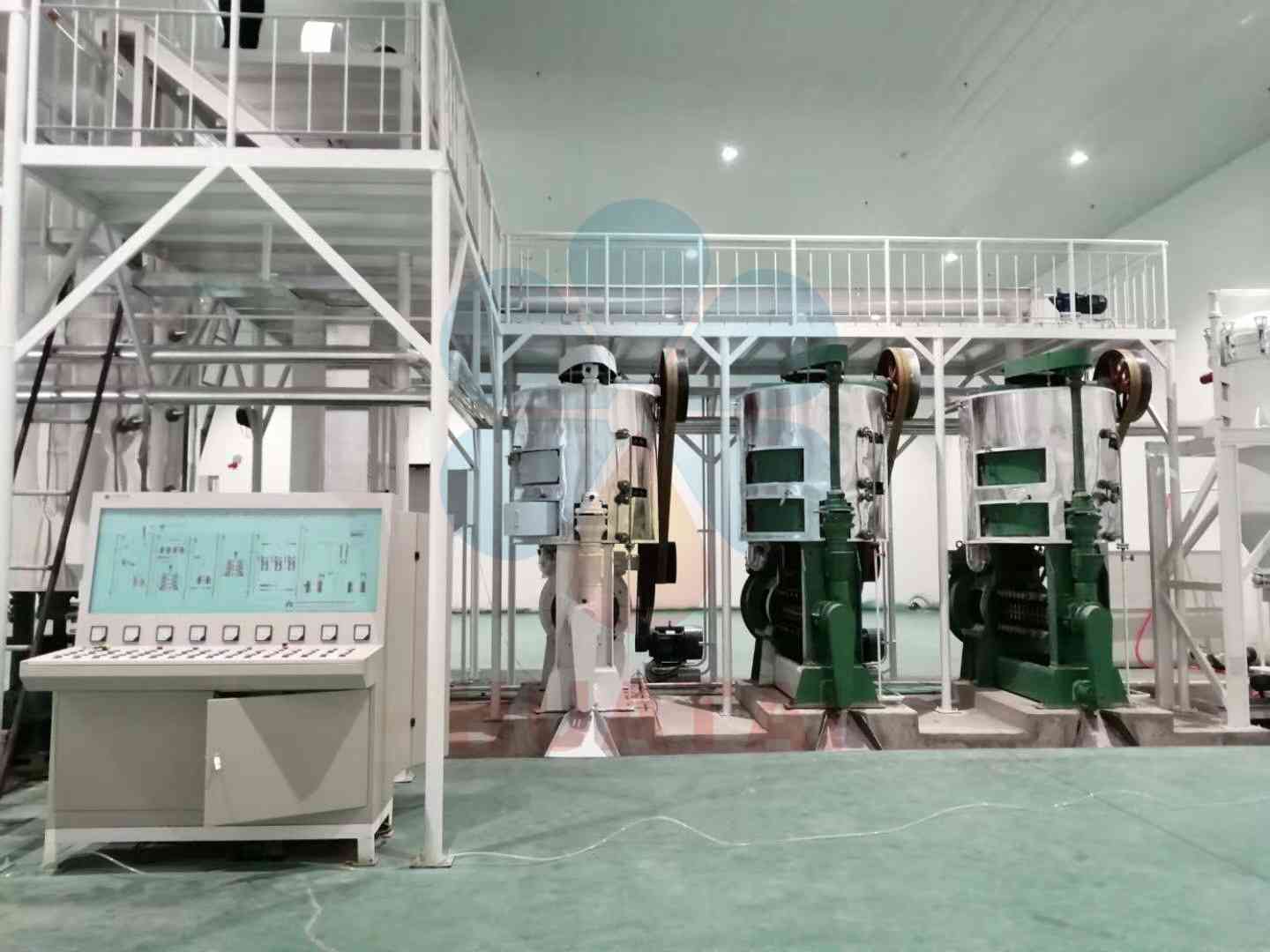After a long period of precipitation, the crude peanut oil can be filtered by a filter and sent to a refining plant. The pressed cake can be crushed and sent to an extraction plant for secondary extraction, extraction oil is refined and sold as ordinary oil.
Refining is to remove impurities, odors, and pigments from groundnut oil and improve the quality and taste of the oil. The refining process mainly includes steps such as degumming, deacidification, decolorization, and deodorization. (Read more: Groundnut oil refinery plant >>)
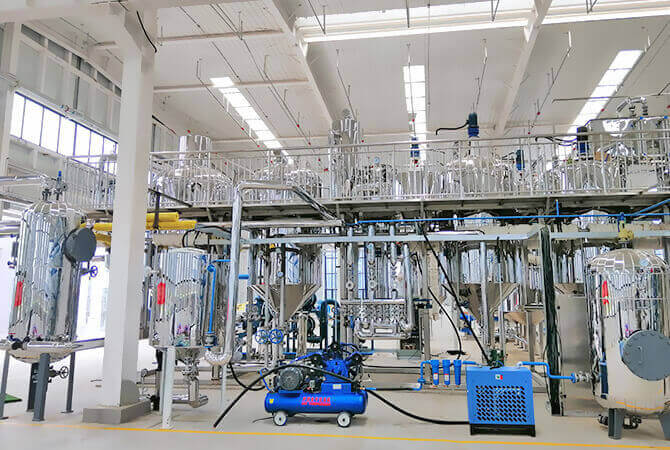
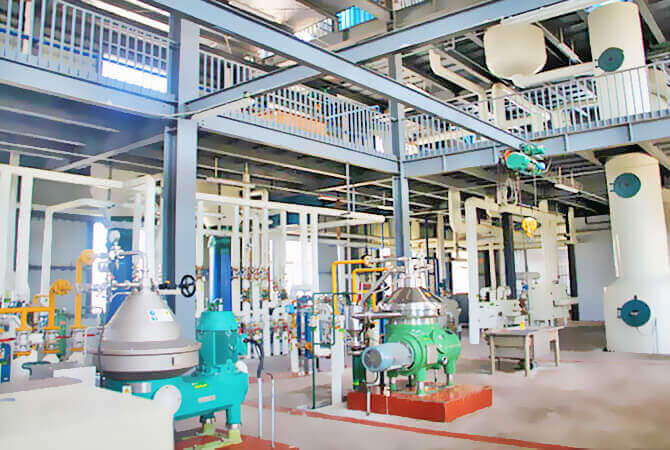
Degumming mainly removes phospholipids and other colloidal substances from peanut oil. By heating and adding chemical reagents, colloidal substances such as phospholipids are aggregated into larger particles, which are then removed by centrifugation or filtration.
The purpose of deacidification is to reduce the free fatty acid content in groundnut oil. Alkaline refining or distillation is usually used for deacidification. The alkali refining method is to add an appropriate amount of alkali solution to neutralize the free fatty acids to generate soap stock and glycerol, and then remove the soap stock through centrifugation or filtration.
Decolorization mainly removes pigments from groundnut oil to make the color of the oil clearer. The adsorption decolorization method is usually used, that is, adsorbents such as activated carbon are used to absorb pigments and other impurities in the oil.
The purpose of deodorization is to remove odors and volatile substances from peanut oil and improve the taste and stability of the oil. Deodorization usually uses high-temperature vacuum distillation, under high temperature and vacuum conditions, the odor components in peanut oil are volatilized and removed through condensation collection.
During the deacidification and deodorization process, free fatty acids and low molecular weight substances are distilled out under high-temperature vacuum and direct steam conditions. The physical refining deodorization temperature is higher than the conventional temperature. Generally around 260 degrees. During the operation, attention should be paid to rapid temperature rise, balancing the flow of the inlet to be deodorized and the finished oil, and strictly controlling the deodorization time, etc. This is directly related to the technological level of oil refining equipment.
The refined groundnut oil is cooled, filled, and sealed through automated packaging equipment for storage and sale.
